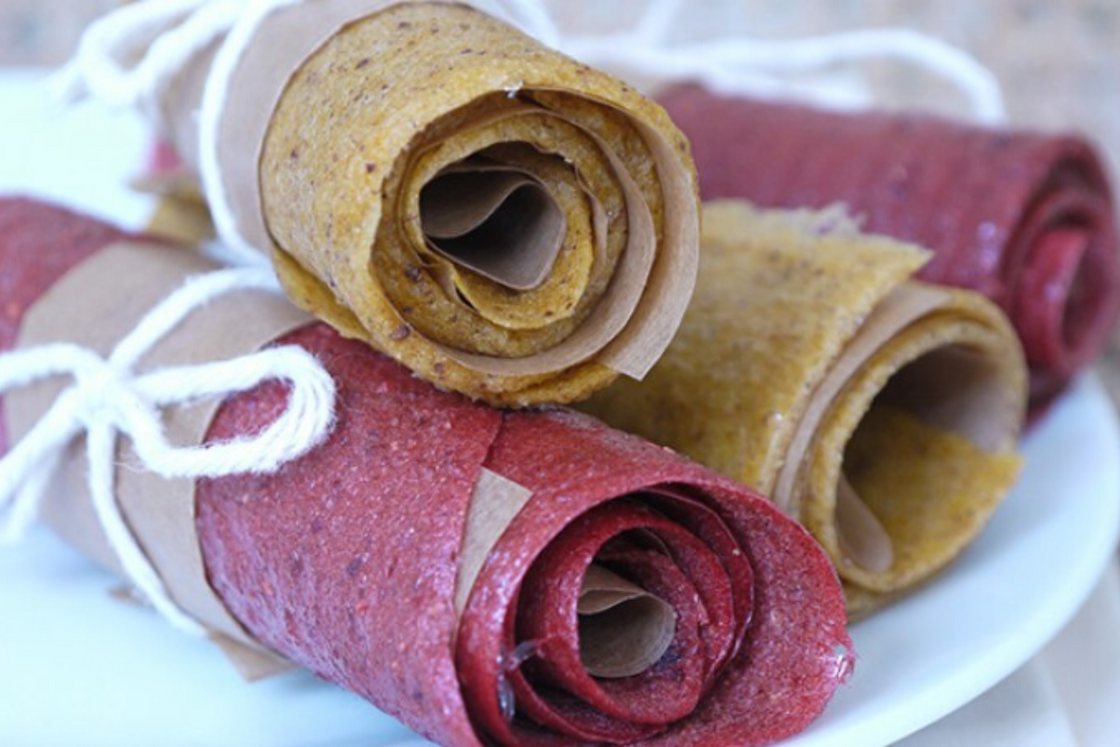If you’ve never seen a dehydrator, don’t know what one is, curious about whether to buy one, or have one but don’t know how to use it then this blog is for you. Let's first look at what a dehydrator is and what it does.
What is a dehydrator?
A dehydrator is typically an oven-shaped piece of equipment that gently dries food out, as opposed to cooking it. This results in a crunchier and crispier version of the food than what went in, and it keeps the food ‘live’ – all enzymes intact – and yet the food tastes cooked….and delicious!
Why should I consider owning one?
Quite simply, cooking food has been proven to lower its nutritional value, to kill all enzymes within it, and to diminish a food’s ability to thoroughly nourish and support vibrant health. By using a dehydrator you can get many of the same effects and tastes as you do with cooking, but without the detrimental side effects. It also provides a form of food preservation used since ancient times (in the old days food would be dried outside in the sun). It’s also a great way to utilise an overabundance of home-grown produce and rework natural foods into other forms. For example, you can turn fresh fruit into ‘fruit leather’ (which kids love), fresh mushrooms into ‘fried mushrooms’ when marinated in olive oil first, and sprouted grains into crackers and pizza bases. This is just for starters – there’s a whole world of possibility, both sweet and savoury when a dehydrator is used to the max.
How does it work?
There are currently two different methods of drying. The first, and most popular, is the fan method, where warm air is generated within the machine and the fan at the rear distributes it evenly throughout the unit - this is the most effective. The second method uses a heating element, usually located at the base of the unit, which relies on the heat rising up through the trays to reach the top, drying each tray as it goes. However, the lower trays dry more quickly than the top ones, so you need to rotate them, which isn’t practical for most people. To preserve enzymes don’t set the thermostat above 125 degrees F. Although enzymes are killed at 118 degrees F, the temperature of the food on the inside is always less than the temperature on the outside, so it’s actually not an issue – it’s far better to have it set slightly high and for it to dry more quickly than set it too low and have the food ferment! But before you buy, of course you need to be sure that this is not a fad or a whim purchase. Investing in a dehydrator should ideally be a statement to yourself that you are taking your healthy eating lifestyle seriously (or at least to another level) and to be clear and happy that this is an investment in you and your health rather than yet another gadget that will get relegated to the garage or attic.
Types of dehydrators?
There are five-tray or nine-tray models on the market. Unlike the five-tray models, the Tribest Sedona comes as a nine-tray model only. It’s an elegant looking piece of equipment and has a modern all-digital control, a glass door that opens like a small oven and two fans; it looks great and is also very quiet as it works away dehydrating. This is the only one that I use.
When should I buy one?
When you feel like you’ve eaten just one salad too many …or when you really fancy something crunchy and crispy and nuts and seeds just don’t hit the spot anymore …or when you’ve spotted a raw food recipe that you long to make and a dehydrator is required to make it ...or when the cold weather hits and you want something more comforting and moreish than what’s gone before.
One final word of advice:
Many people make the mistake of opting for the cheapest possible model of a dehydrator, especially when starting out. I did this myself. When I first started I bought a five tray dehydrator rather than a nine tray one because of the price difference and because I thought, “well, it’s only me using it”. The problem with this is that we all generally tend to make our food in batches, so we load up a smaller dehydrator to the max only to find that we’re now stuck for the next 24+ hours waiting for that batch to dry before we can make any more recipes! Very frustrating. So best to bite the bullet up front and buy the best one you can afford with nine trays.
Karen Knowler is author of Raw Food Made Simple, the complete beginners guide to bringing more raw food into your diet in a way that is easy, simple, delicious and doable. For more information visit www.TheRawFoodCoach.com.



